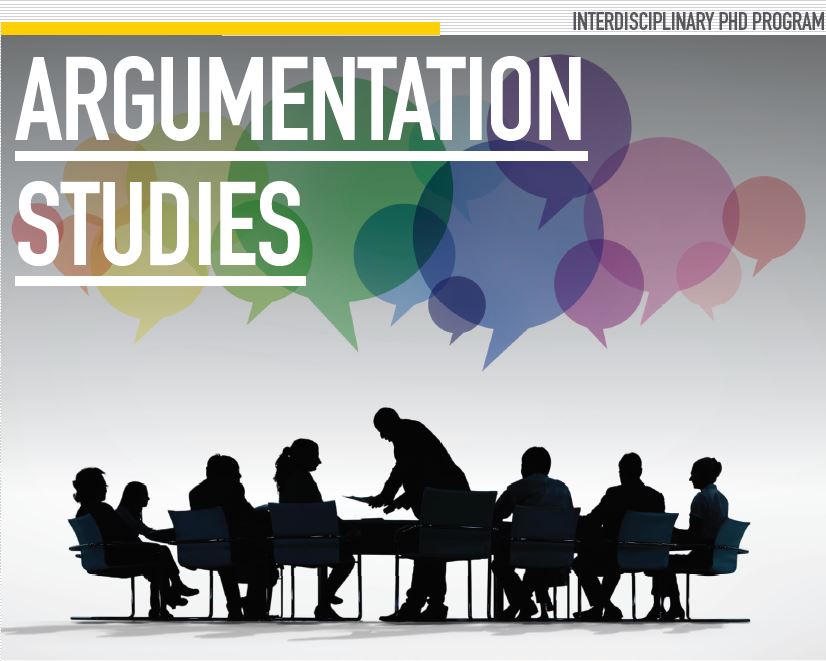Location
Brock University
Document Type
Paper
Start Date
15-5-1997 9:00 AM
End Date
17-5-1997 5:00 PM
Abstract
The emphasis in most process-oriented models of argumentation is placed heavily upon analysis of dialogue. The current work puts forward an account which examines the argumentation involved in persuasive monologue, drawing upon commitment-based theories of dialogue. The various differences between monologue and dialogue are discussed, with particular reference to the possibility of designing a monologue game in which commitments are dynamically incurred and updated as the monologue is created. Finally, the computational advantages of adopting such an approach are explored in the context of an existing architecture for the generation of natural language arguments.
Creative Commons License

This work is licensed under a Creative Commons Attribution 4.0 International License.
Response to Submission
Mark Vorobej, Commentary on Reed & Long
Reader's Reactions
Mark Vorobej, Commentary on Reed & Long (May 1997)
Included in
Persuasion Monologue
Brock University
The emphasis in most process-oriented models of argumentation is placed heavily upon analysis of dialogue. The current work puts forward an account which examines the argumentation involved in persuasive monologue, drawing upon commitment-based theories of dialogue. The various differences between monologue and dialogue are discussed, with particular reference to the possibility of designing a monologue game in which commitments are dynamically incurred and updated as the monologue is created. Finally, the computational advantages of adopting such an approach are explored in the context of an existing architecture for the generation of natural language arguments.

